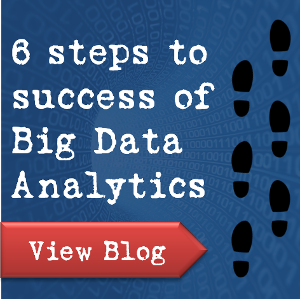The Different Types and Characteristics of Data Centres
In the past, data centres used to be complicated, inefficient and costly, but the growth of cloud computing has meant that bigger and better facilities of this type are popping up as independent entities, operated by providers who mainly engage in the business of running such set-ups.
But what is a data centre and how is one defined in the modern era? This quick guide to the basics should answer many of your questions.
Server stacks, storage, CPUs and mile after mile of network cabling go into making modern data centres run effectively.
All of this high-end kit requires constant monitoring and maintenance, as well as an operational environment that is conducive to efficiency.
Data centres tend to consume significant amounts of electricity for both powering the kit and keeping it cool, which is why many companies are currently striving to make them more eco-friendly. This also helps to reduce the carbon footprint that they generate.

Data centres can be used to store and back up information that is critical to a business, allowing companies to recover from disasters and avoid loss or theft of data with ease. They can also run software apps and host a variety of other solutions, all of which can be scaled to suit the needs of a particular firm at any given time.
It is this flexibility and scope that makes data centres so desirable as tools of modern IT, while also making the services cost-effective for individual business customers.
Tier one data centres are the most basic, offering no real redundancy measures, which could result in occasional outages. However, even this tier should be able to deliver availability levels of 99.671%.
Tier two data centres up the game a little bit by adding redundant components within the infrastructure of the site to help increase uptime.
Tier three data centres factor in back-up power supplies for all IT equipment, while tier four promises dual power for everything on site, including the cooling systems, for stability and availability that is nearly unshakable.
High-profile data centre outages that afflict major providers are usually the subject of much media coverage, which could cause concern among potential business adopters. However, the fact that outages are so rare as to warrant such attention shows just how resilient and reliable modern solutions can be.
This makes some traditionalists a little nervous, but those who are willing to embrace the rise of data centres are in a better position to reap the benefits that they afford. Although understanding the underlying technical aspects of data centres is important, the availability of on-tap IT which is managed externally means that more companies can experience the advantages.


 Jamie
Jamie








